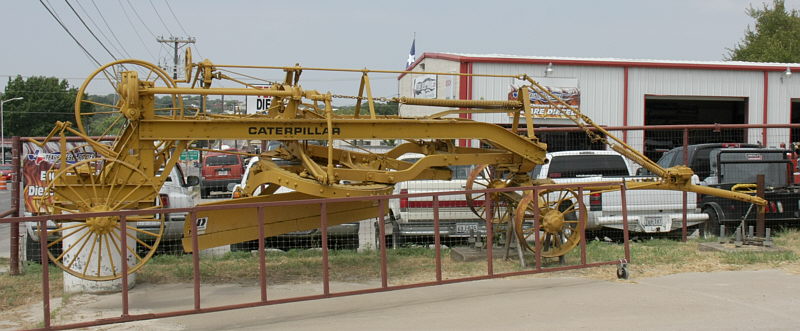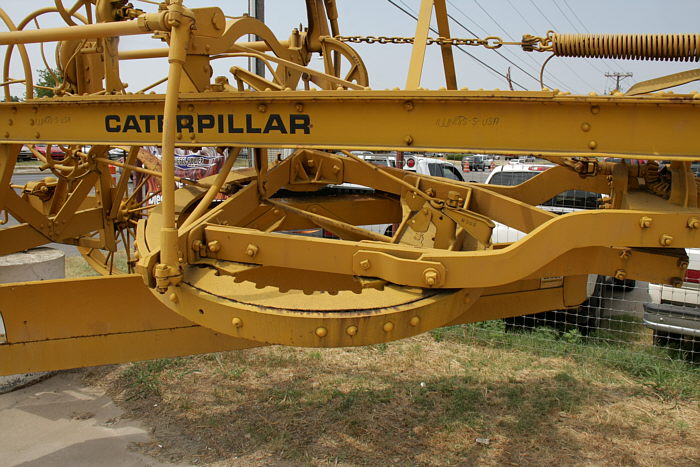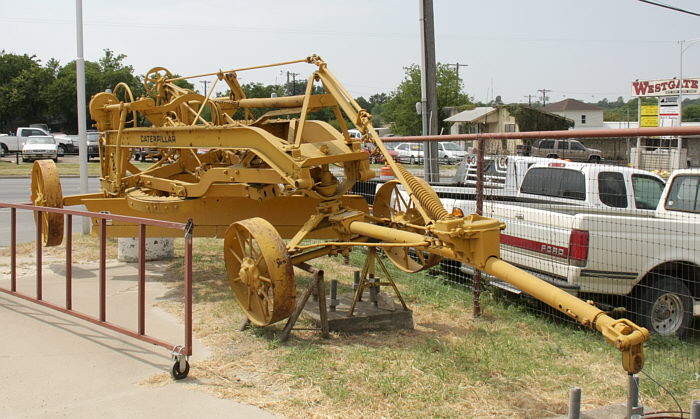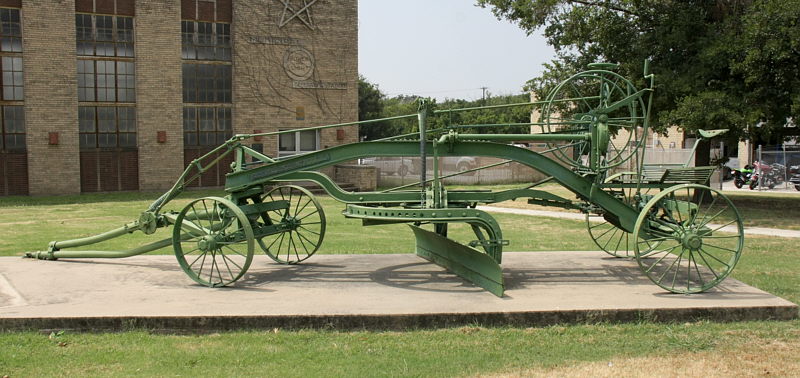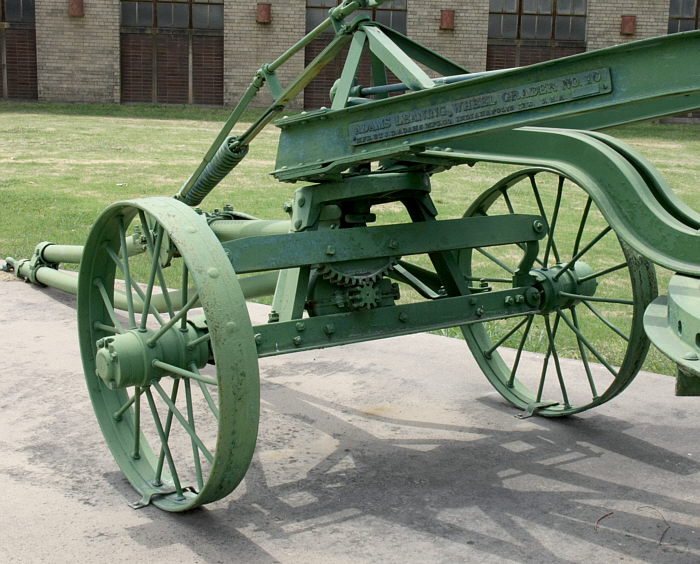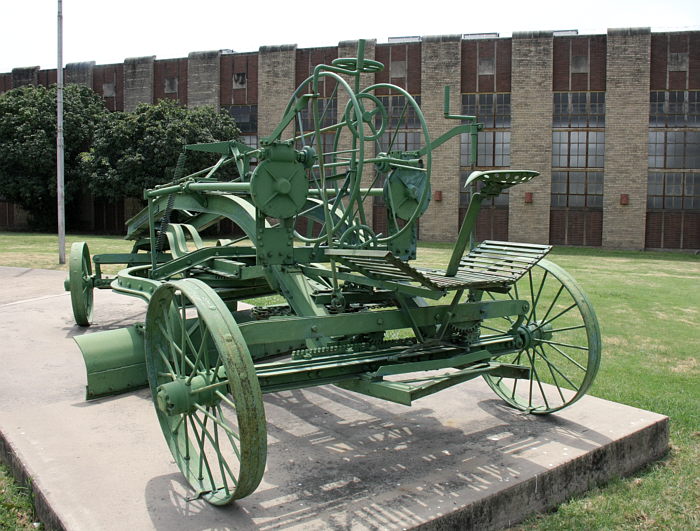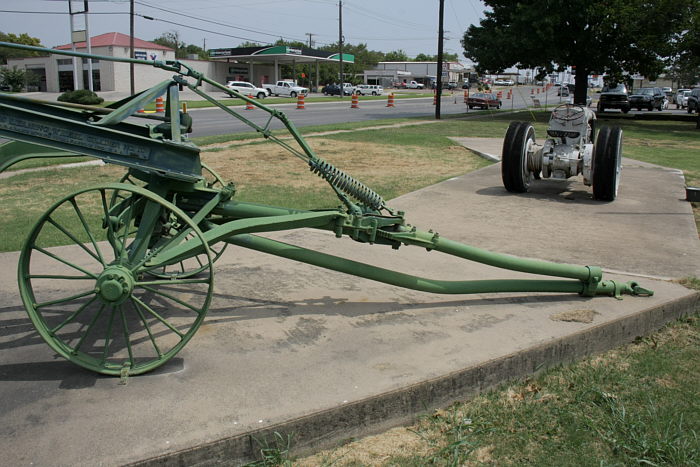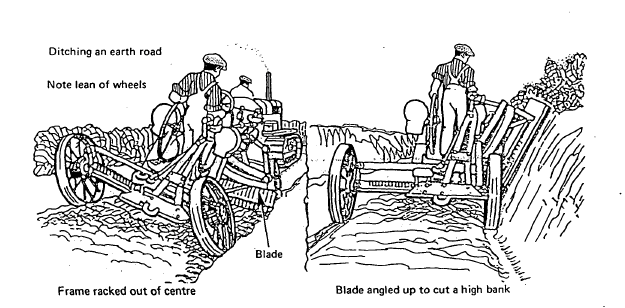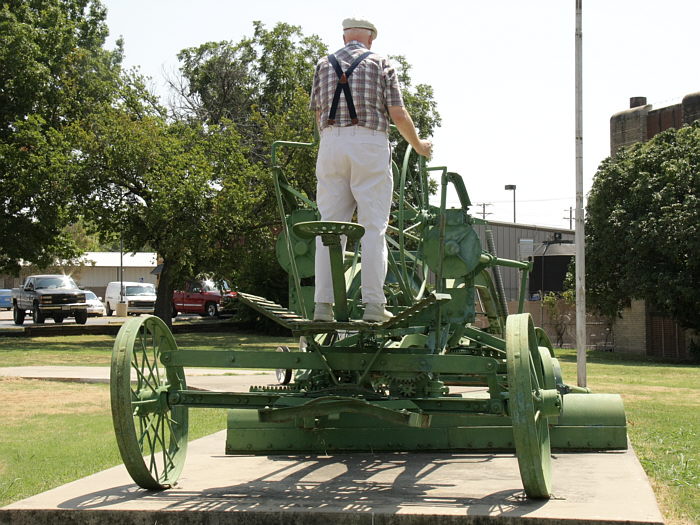Doug Kerr
Well-known member
The earth sculpting machine we see here:
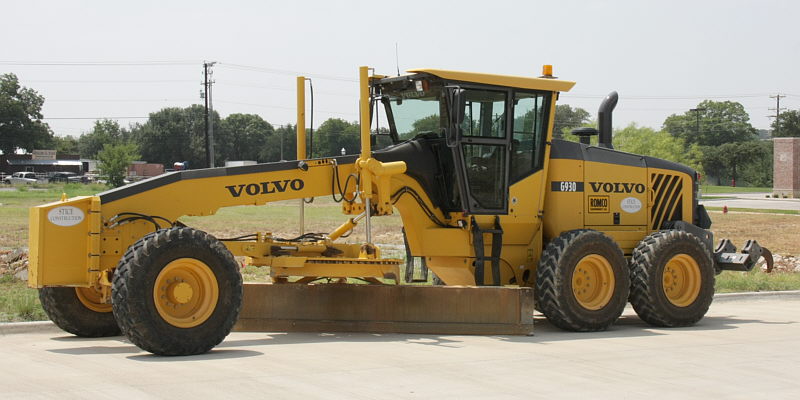
Douglas A. Kerr: Volvo G930
is often called just a grader, or sometimes a road grader, or sometimes just a blade, but its formal name is motor grader. You can in fact see that on the nameplate of the one shown above:
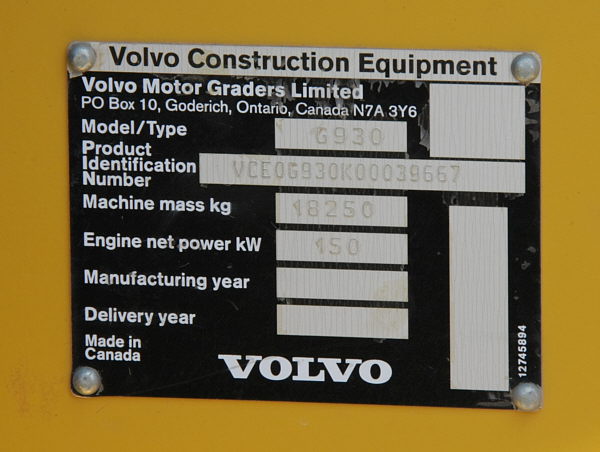
Douglas A. Kerr: Volvo G930 nameplate
Why is that? What other kind could there be - hand pushed?
In fact, when this kind of machine was introduced, it was not self-propelled. Rather, they were drawn by tractors - substantial tractors, at first steam powered (or sometimes even by teams of horses, mules, or oxen). Here we see such a rig in about 1918 on a farm in North Dakota:
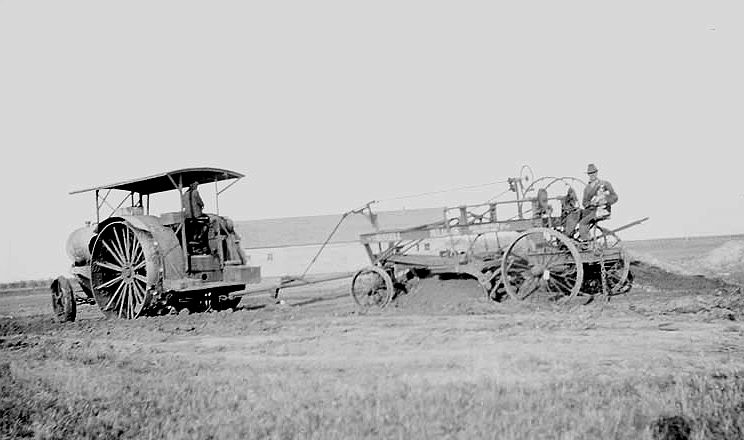
F. A. Pazandak: Grader 1918 [PD - Courtesy of Wikimedia Commons]
Note the shaft that goes at an angle to the center of the tongue; we'll talk about that in a later section.
The tractor is a Twin City "25" (internal combustion).
Here's one running in modern times:
http://www.youtube.com/watch?v=zCJU8tYkIMY
When the self-propelled version first appeared, it warranted the name motor grader. Today, even though there are few, if any, tractor-drawn graders in use (at least in the U.S.), the name perseveres, and many people in the business call them just that ('cuz that's their name).
We are fortunate to have here in Weatherford, Texas two lovely examples of graders (the tractor-drawn kind) on exhibit. We'll see them in the following parts of this series.
[To be continued.]
Best regards,
Doug

Douglas A. Kerr: Volvo G930
is often called just a grader, or sometimes a road grader, or sometimes just a blade, but its formal name is motor grader. You can in fact see that on the nameplate of the one shown above:

Douglas A. Kerr: Volvo G930 nameplate
Why is that? What other kind could there be - hand pushed?
In fact, when this kind of machine was introduced, it was not self-propelled. Rather, they were drawn by tractors - substantial tractors, at first steam powered (or sometimes even by teams of horses, mules, or oxen). Here we see such a rig in about 1918 on a farm in North Dakota:

F. A. Pazandak: Grader 1918 [PD - Courtesy of Wikimedia Commons]
Note the shaft that goes at an angle to the center of the tongue; we'll talk about that in a later section.
The tractor is a Twin City "25" (internal combustion).
Here's one running in modern times:
http://www.youtube.com/watch?v=zCJU8tYkIMY
When the self-propelled version first appeared, it warranted the name motor grader. Today, even though there are few, if any, tractor-drawn graders in use (at least in the U.S.), the name perseveres, and many people in the business call them just that ('cuz that's their name).
We are fortunate to have here in Weatherford, Texas two lovely examples of graders (the tractor-drawn kind) on exhibit. We'll see them in the following parts of this series.
[To be continued.]
Best regards,
Doug
Last edited:

